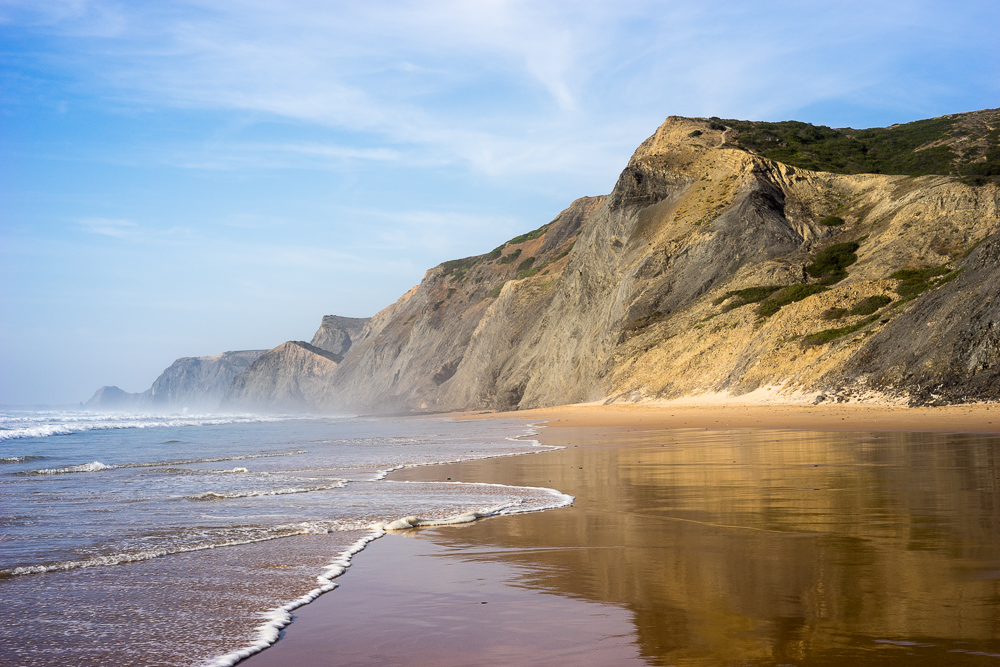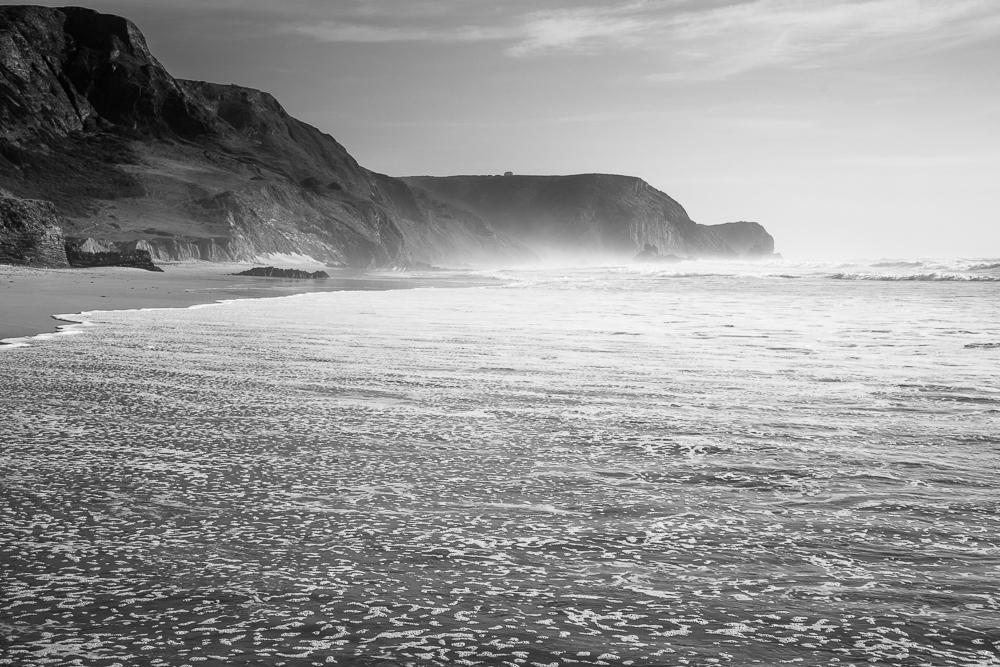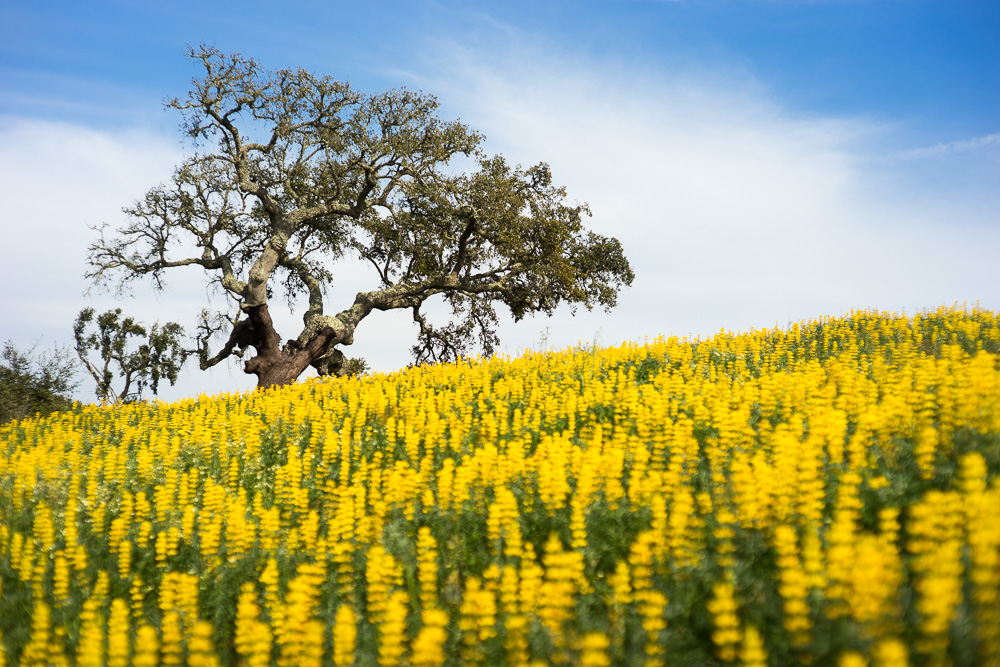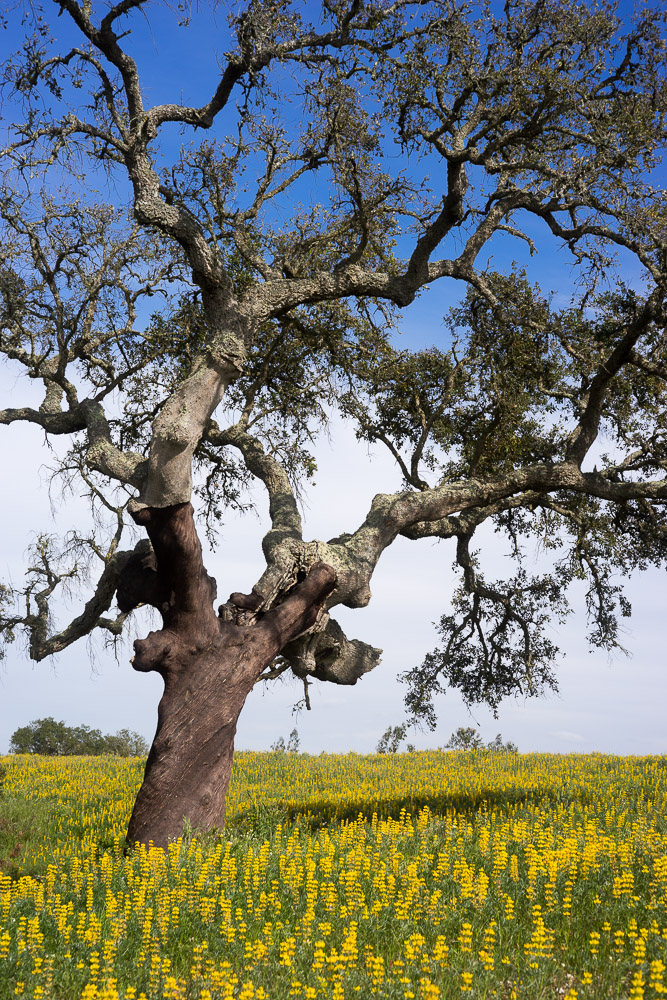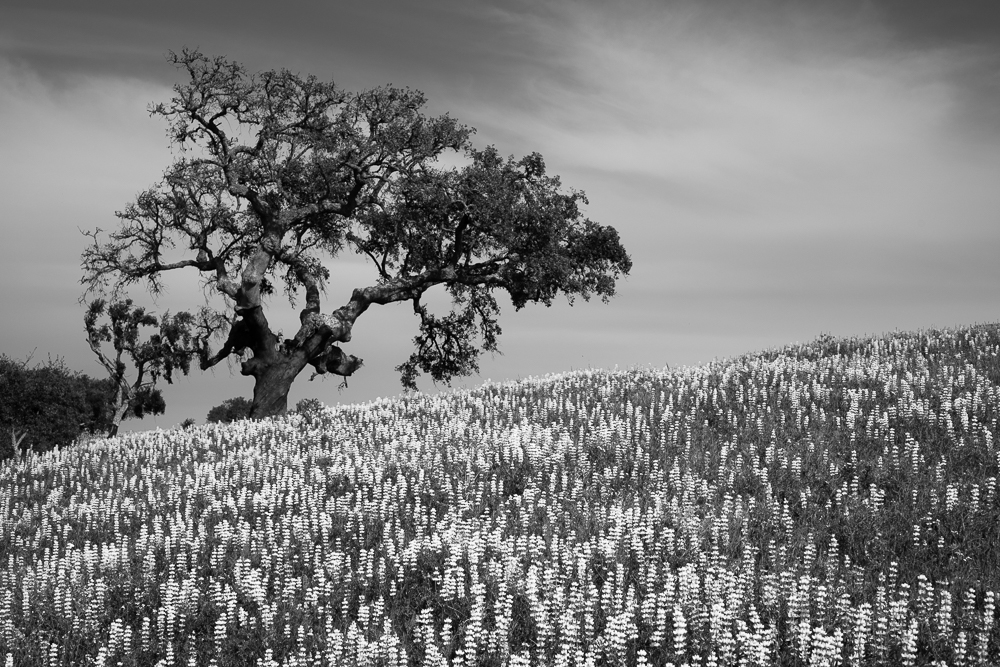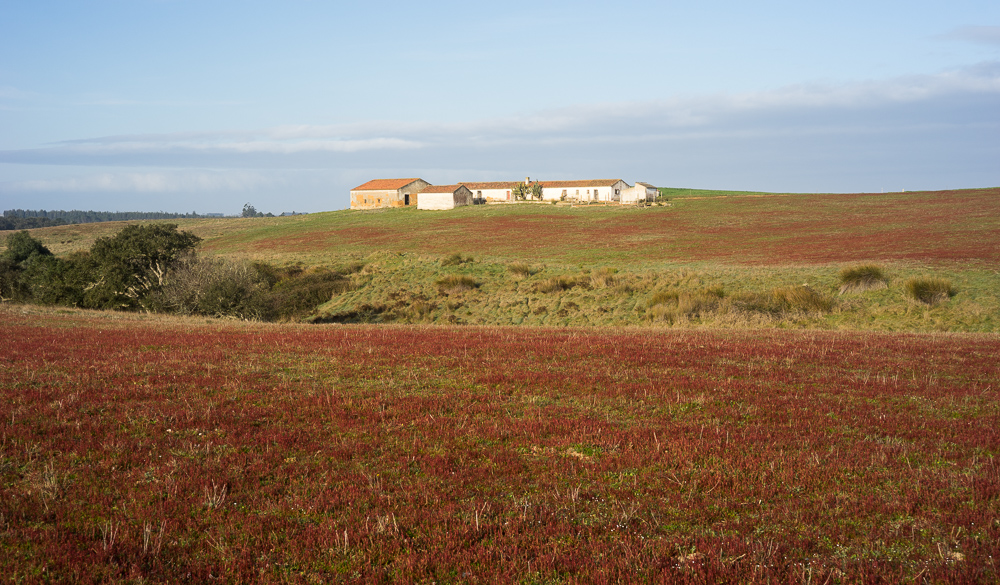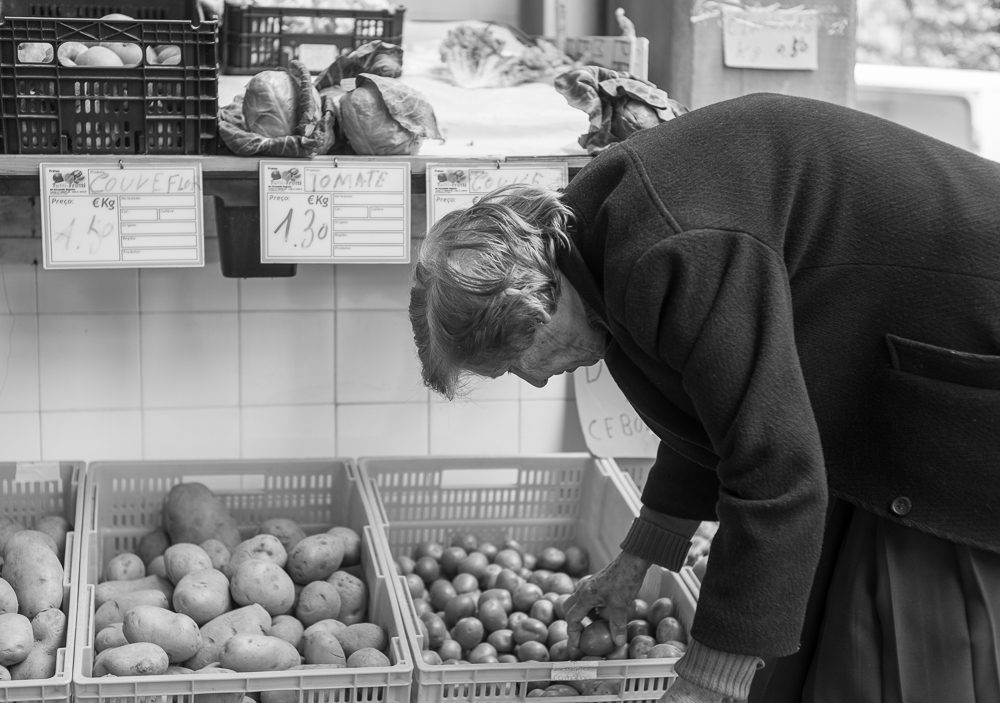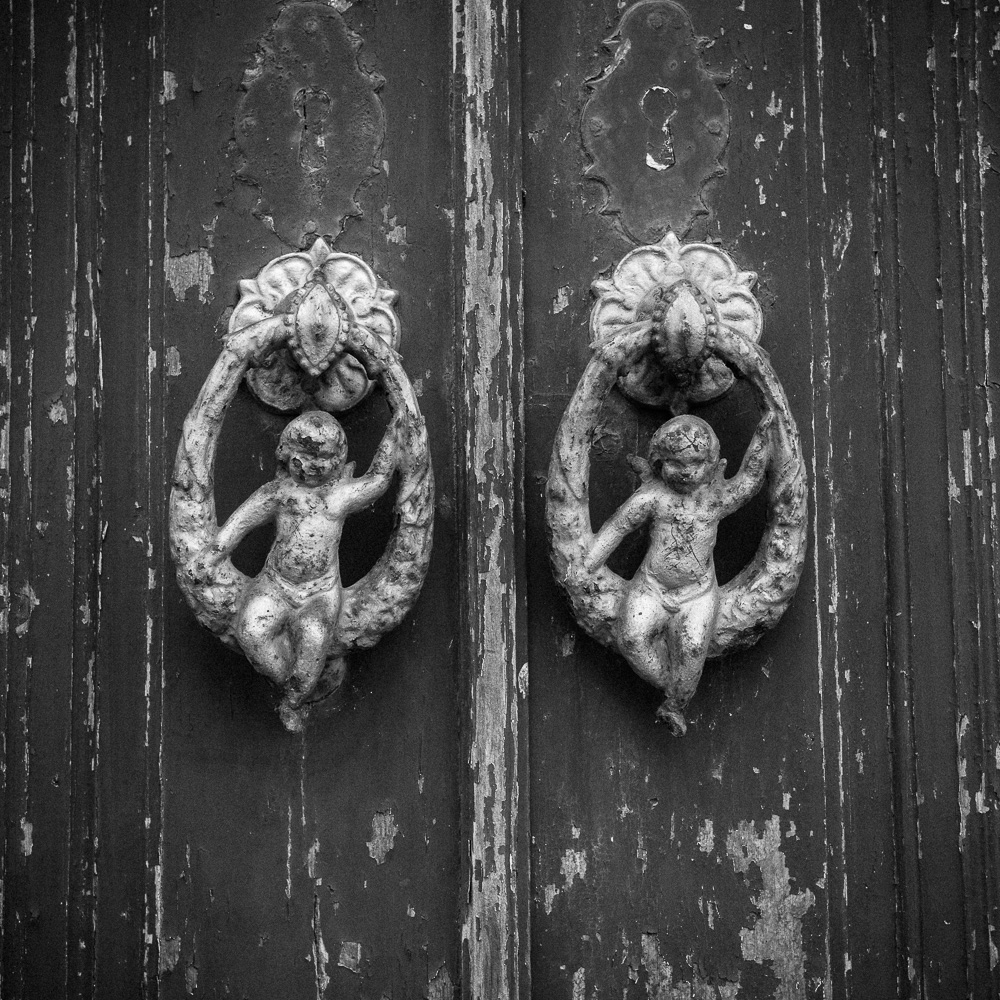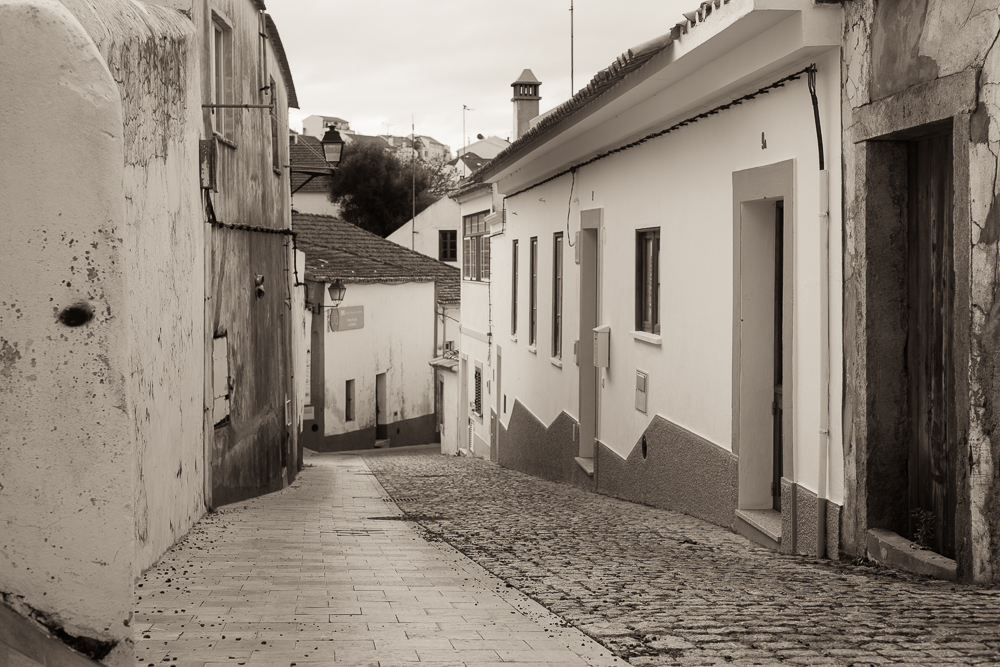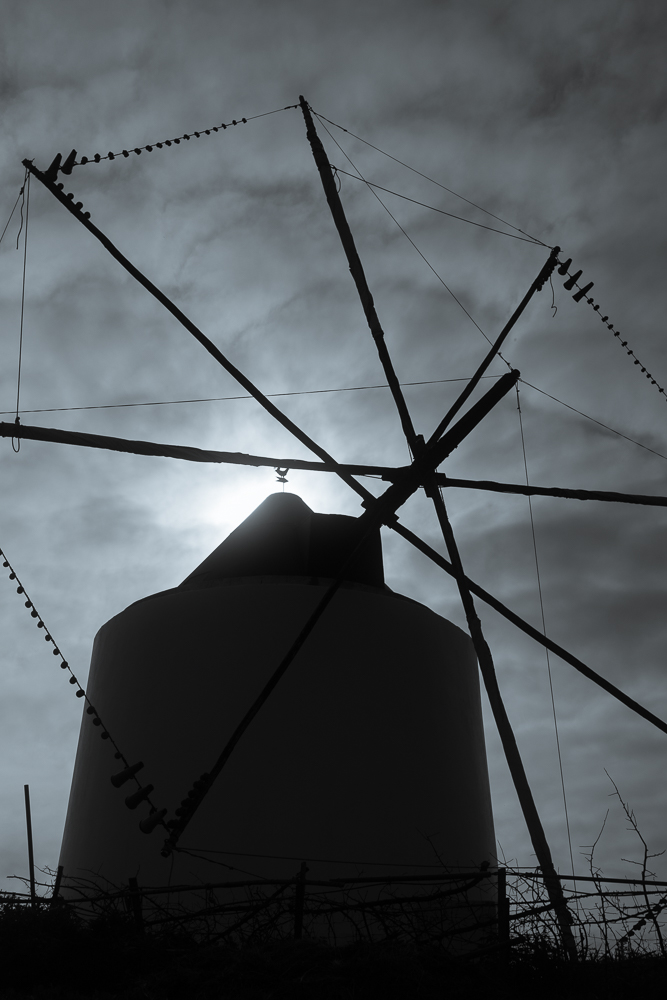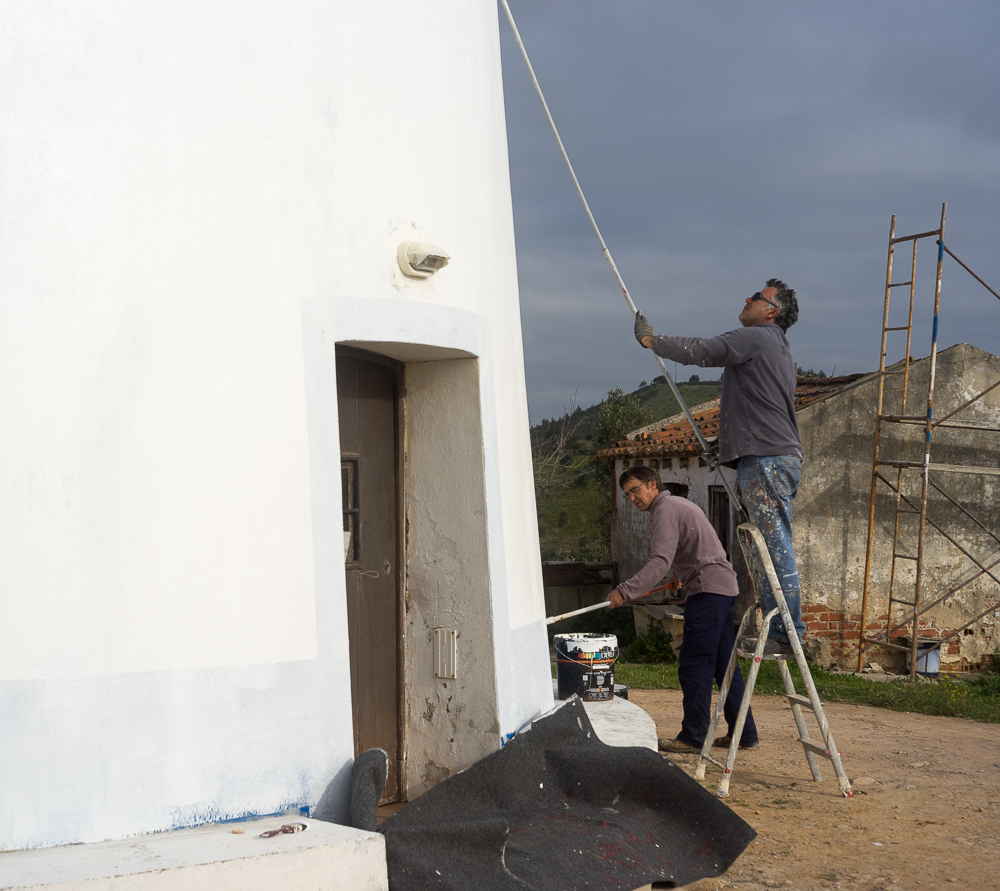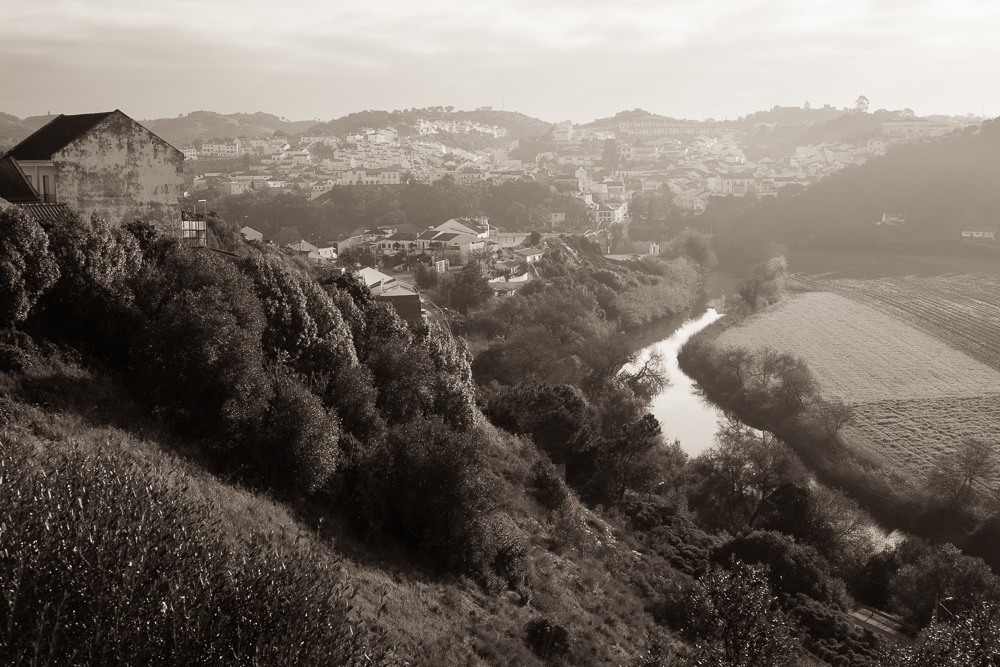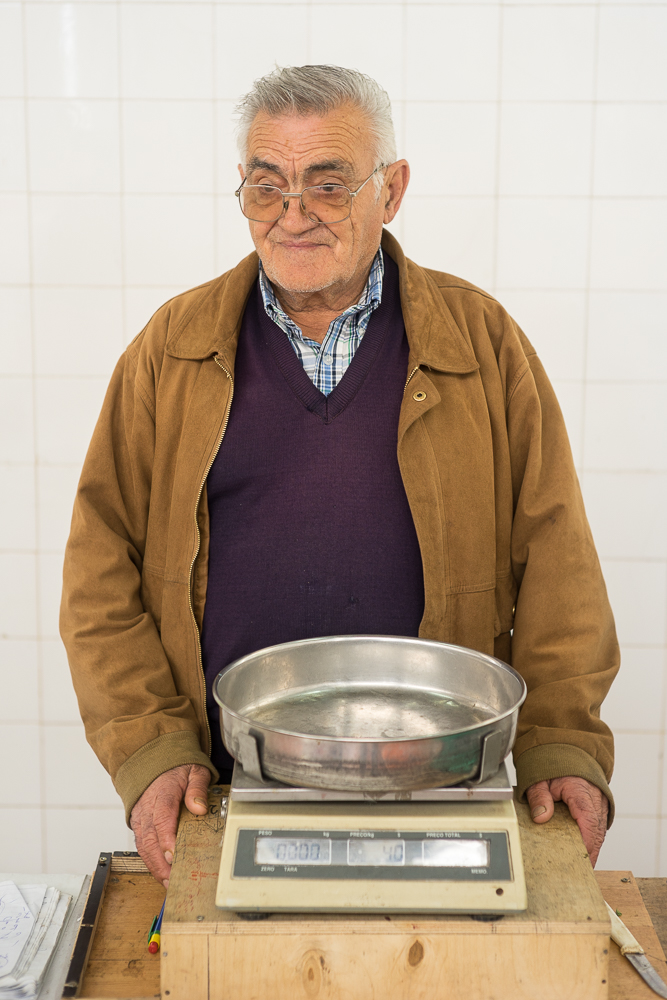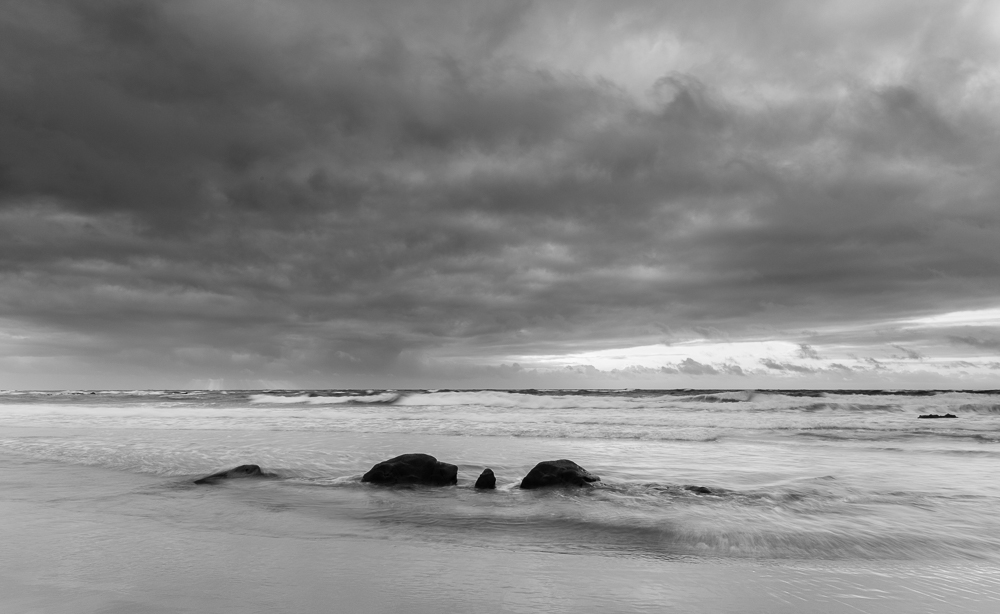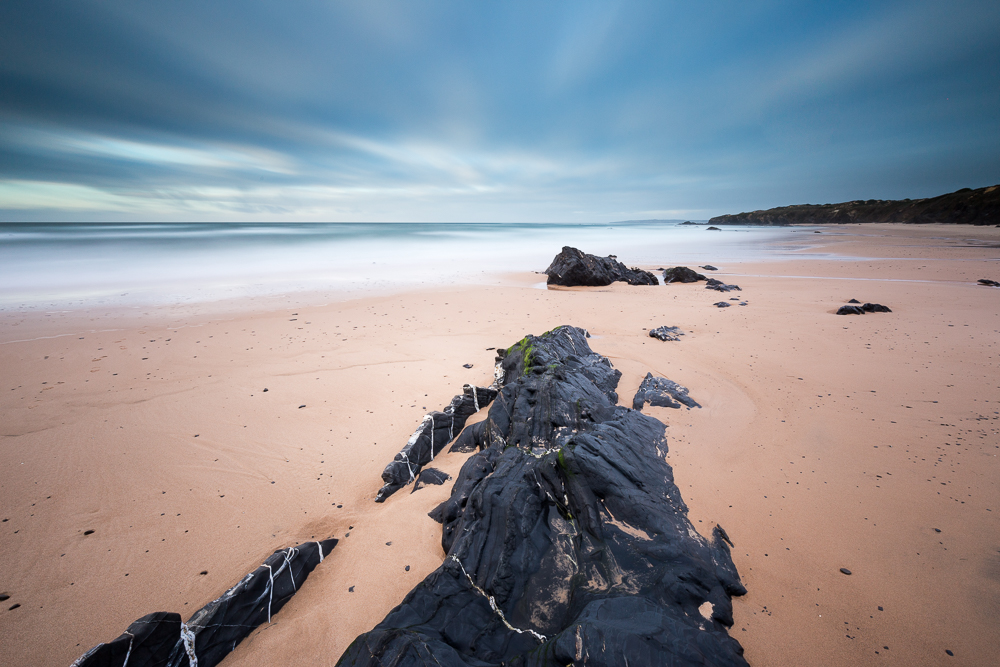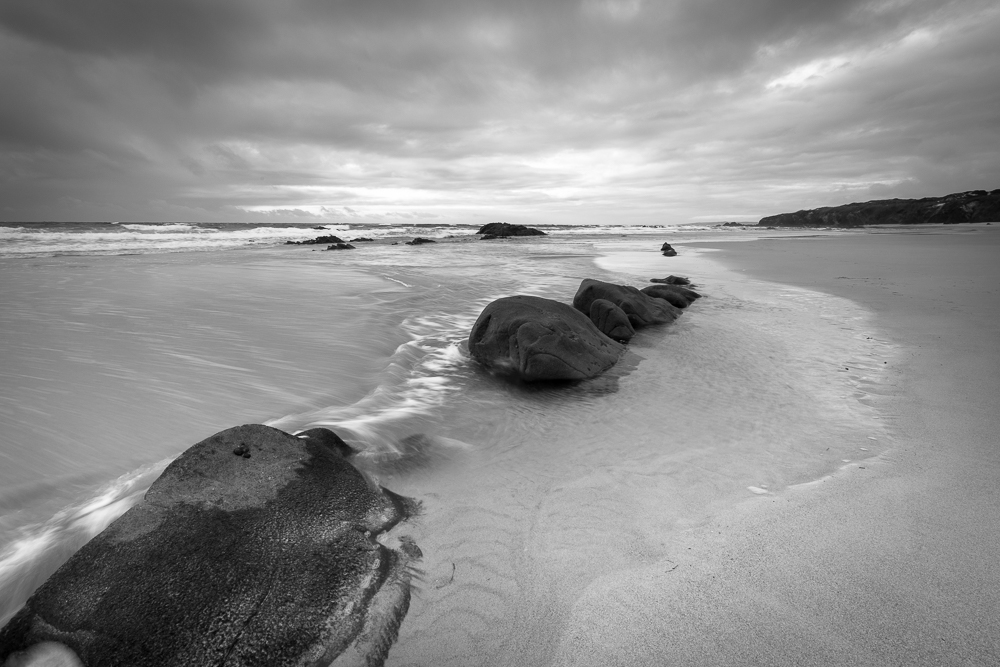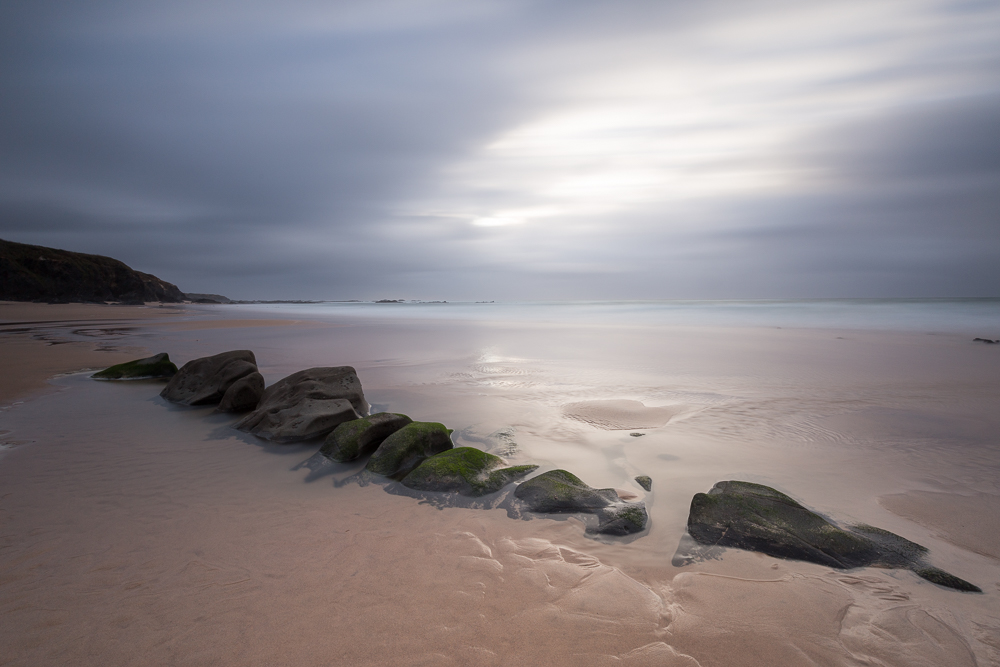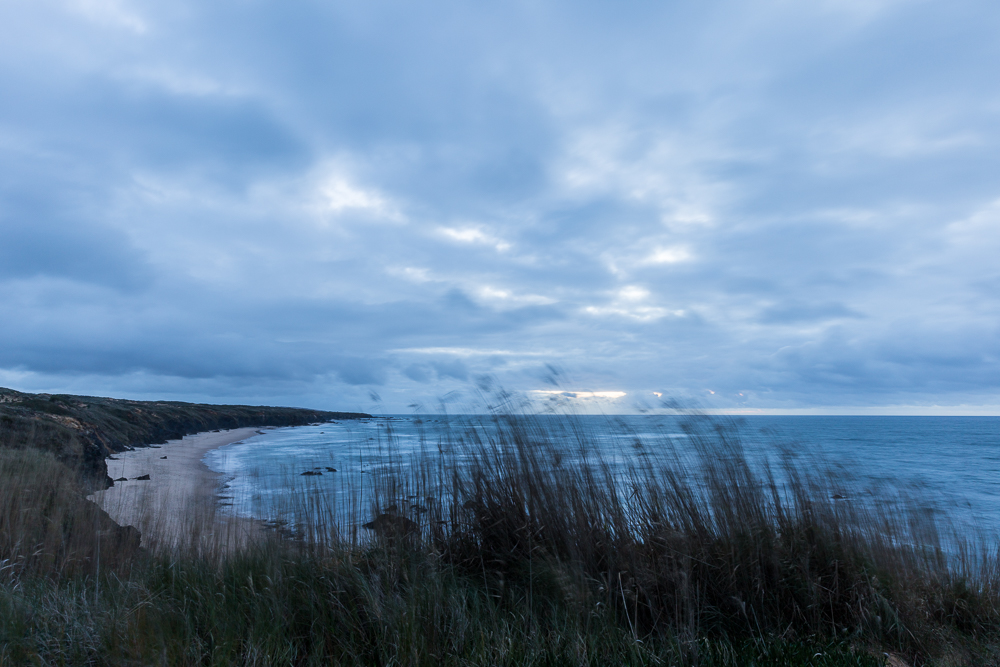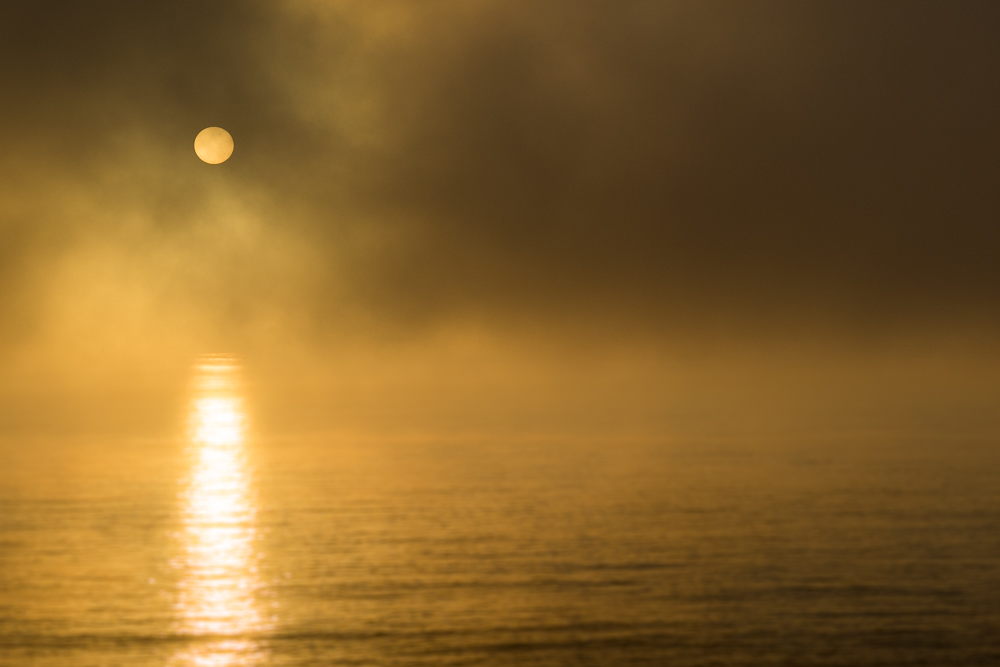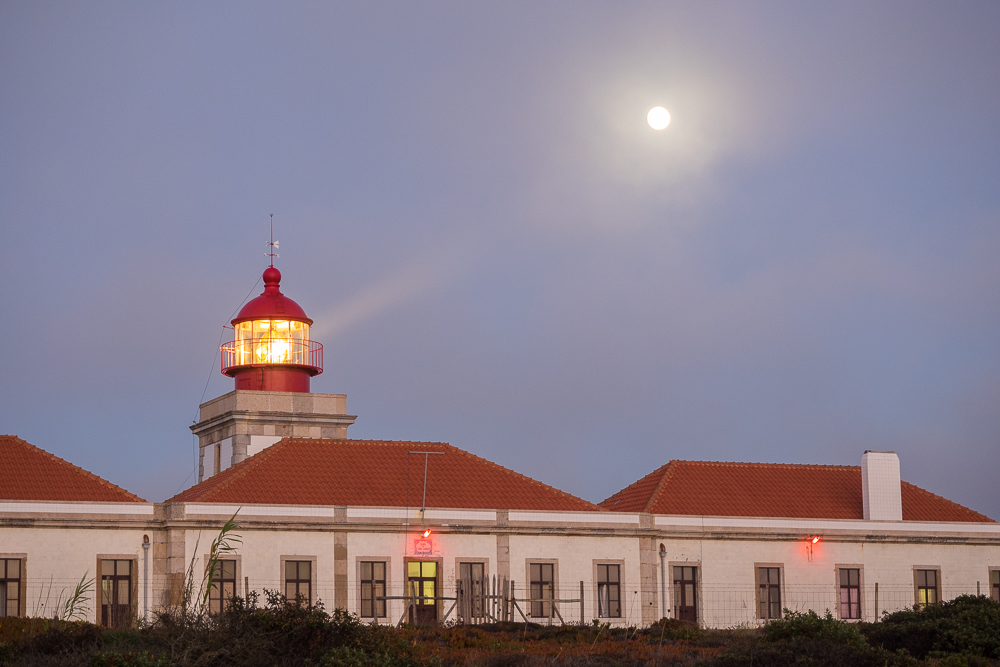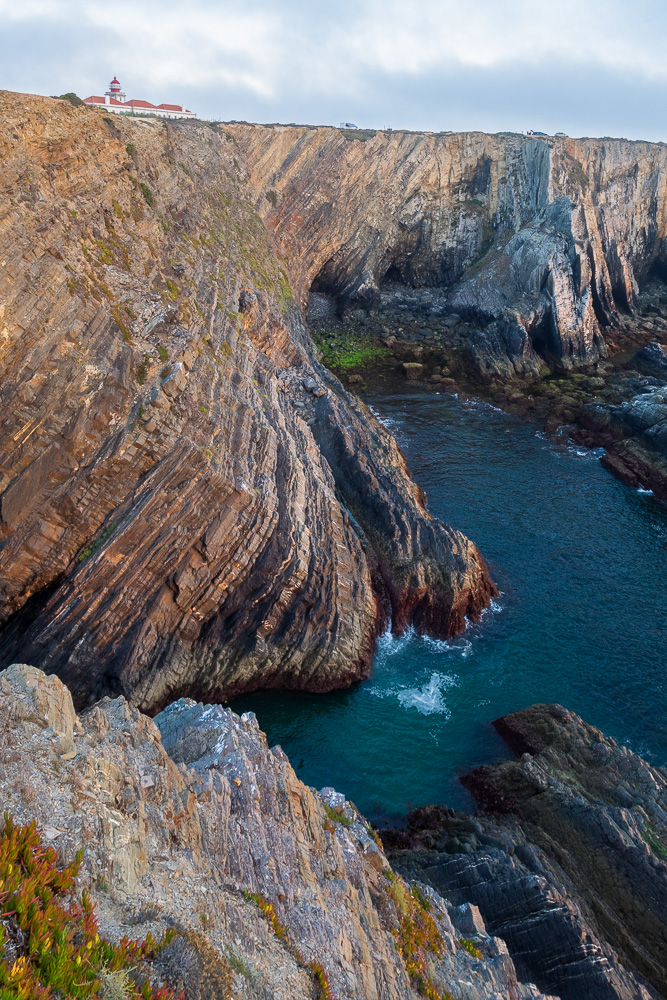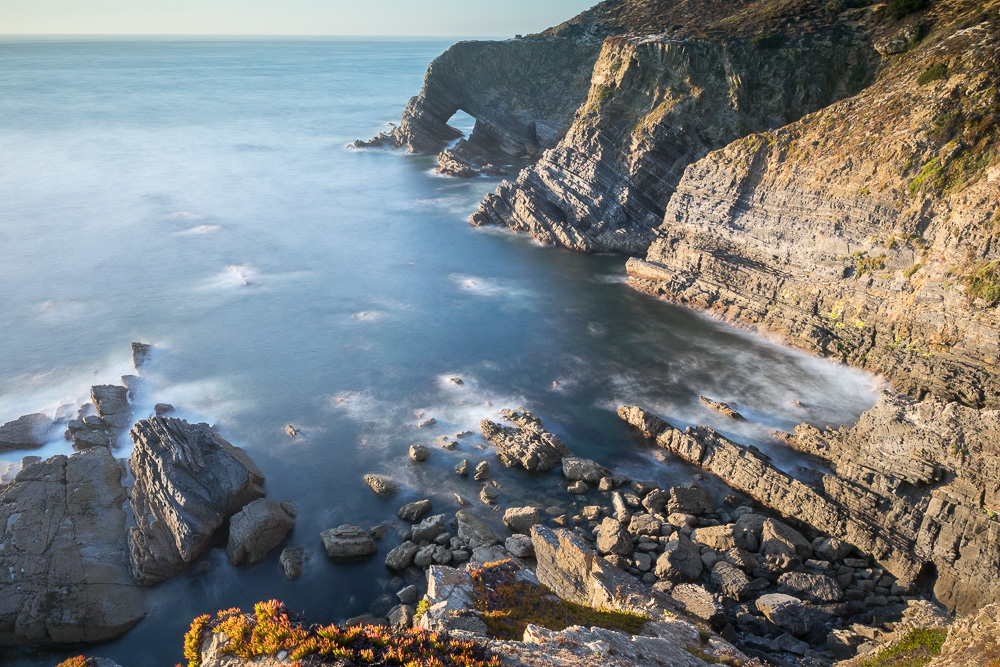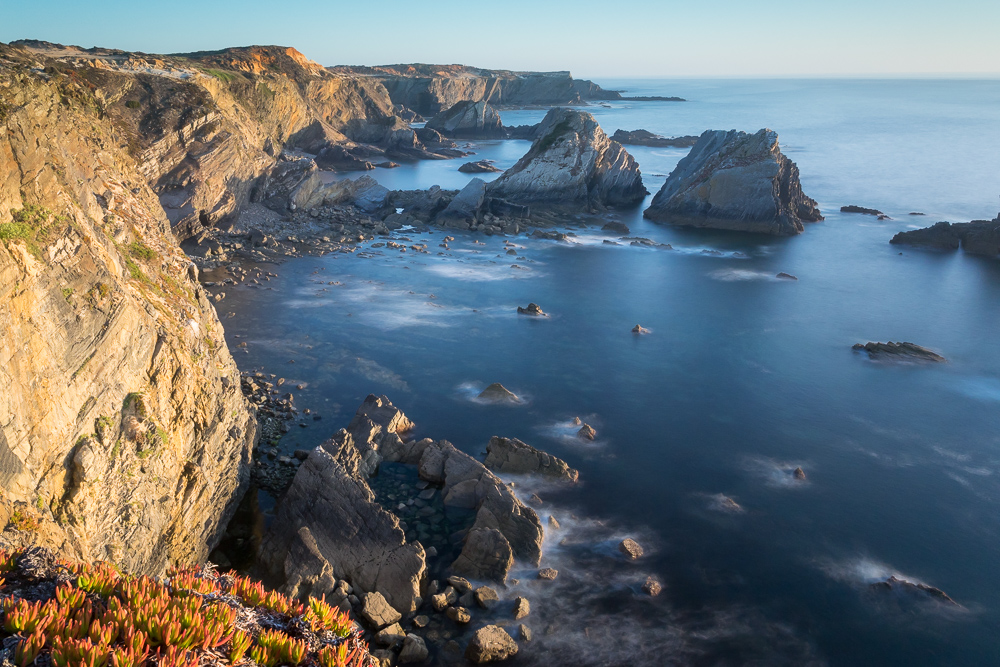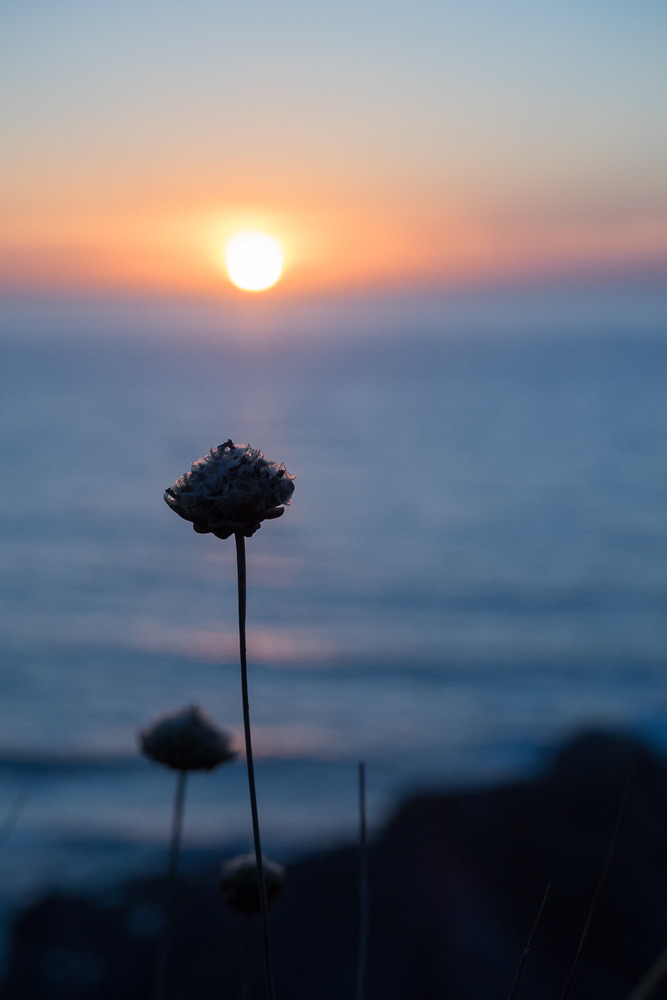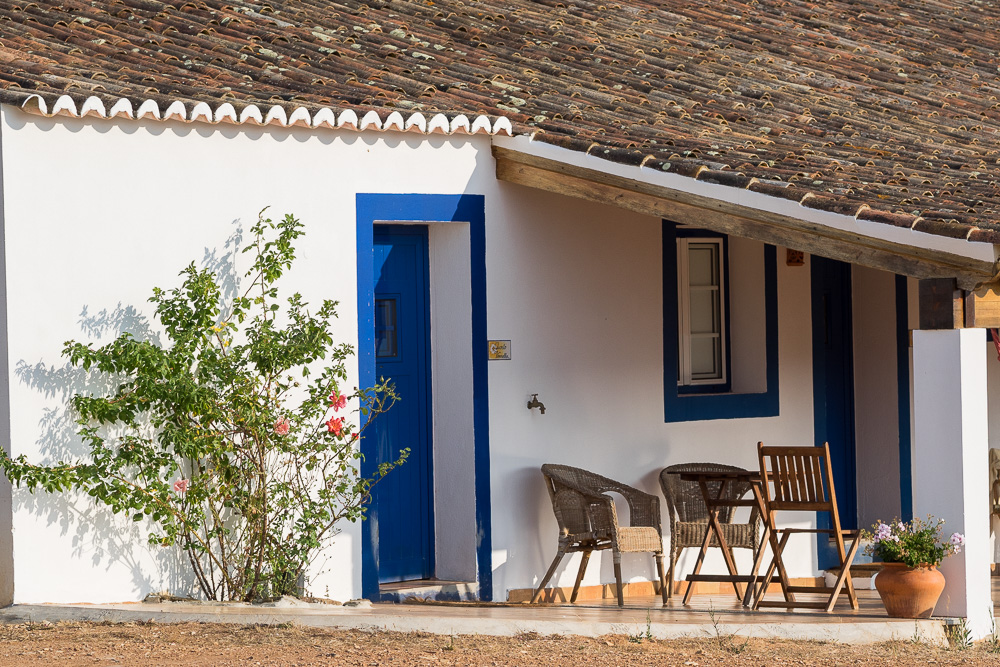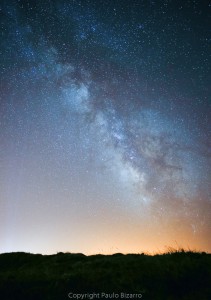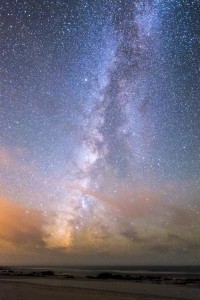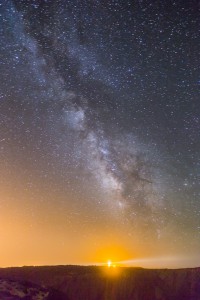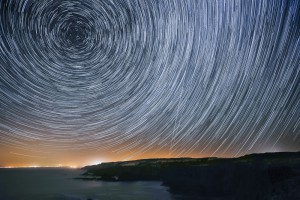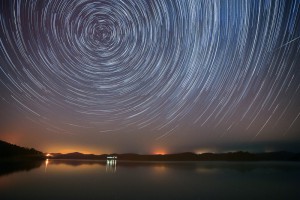I recently participated in a geological field trip to one of my favourite regions in Portugal: the southwest Alentejo and Vicentina coast. So, of course I carried a camera with me, in this case my Sony A7II with Zeiss 50 f1.5 lens. This is quite a small kit to carry, inside my backpack. I often post about this region in this blog, as I go there regularly.
This time, I want to share some photos from the coast near Vila do Bispo and Sagres; this is really a pristine and rugged stretch of coastline, especially in this time of the year. Come the summer, some of these beaches will see a ramp up in beach-goers, but they will still be markedly isolated. This coastline is characterized by small and gentle inland hills, sand dunes, high rugged cliffs, and very strong seas. As such, it is a favourite spot for surfers the whole year round.
Further south, there is the area of Sagres and Cabo Sao Vicente, where one truly feels like being at “the end of the world”. This is the “promontorium sacrum” of the romans, where sheer cliffs meet the endless sea.
If you come to Portugal, you need to visit this coastline.
